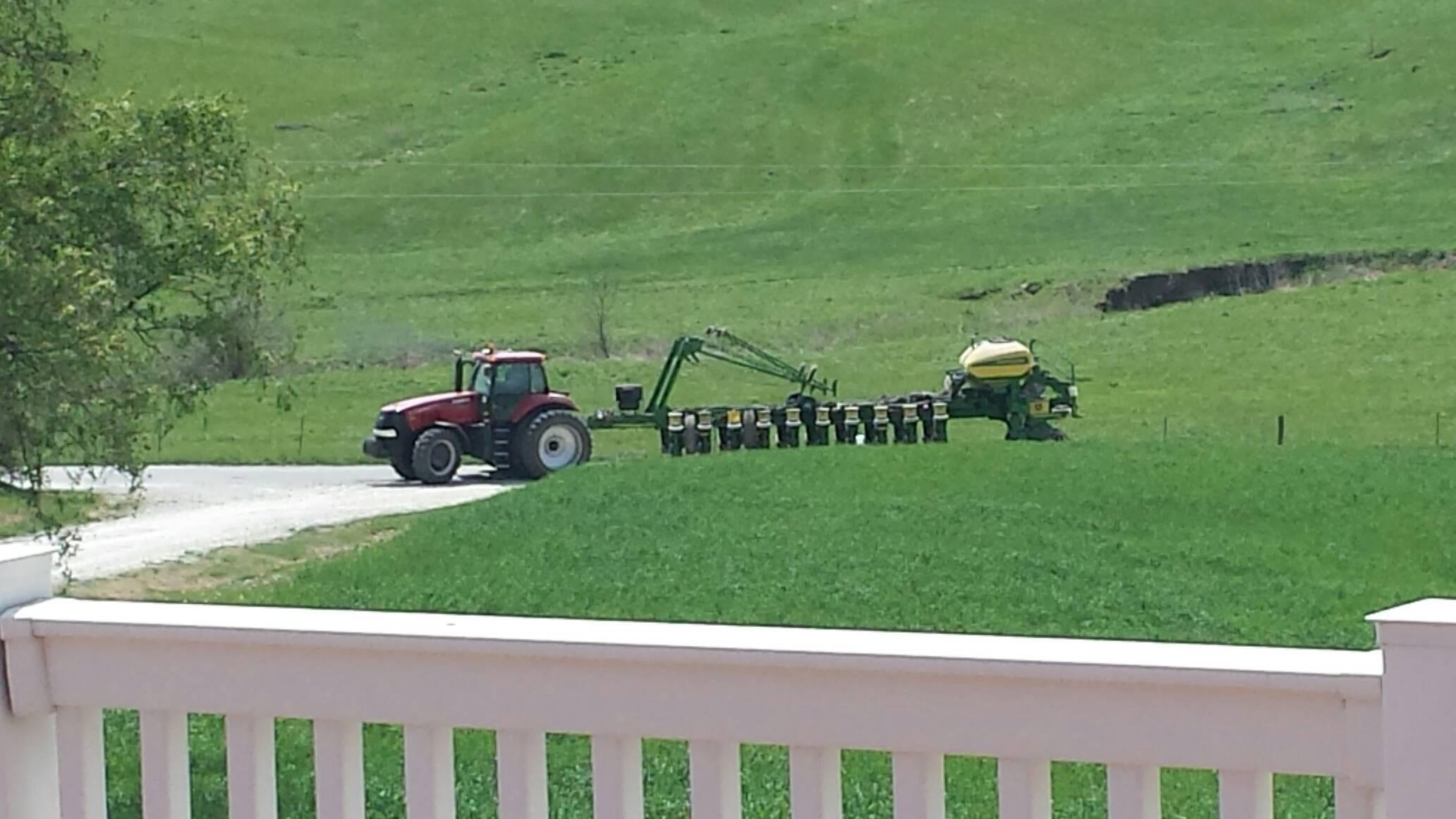More Rain & Related Concerns
/


Partners,
As the rains continue to move across our area, there are several issues which are becoming concerns for the growing crops. Of course flooding and ponding are more obvious to the casual observer, but foliar disease and denitrification are just as big of concern at this time.
You have all heard plenty about drainage tile, and we are of course glad that we have continued to install these systems over the time, and years like this can nearly pay for the investment very quickly. With foliar disease and denitrification, there is a good amount of scouting and decision making that needs to take place to determine if further management is needed in order to maintain yield potential.
We are feeling fortunate that we had already planned to try out an "intensive nitrogen management" program this growing season. Basically this consisted of applying fewer pounds of nitrogen in the "preplant" application, monitoring the crop to determine nitrogen loss, then evaluating yield potential to determine if the nitrogen loss, coupled with yield potential, warranted additional nitrogen application mid summer. After completing tests in three fields, we determined that an additional 23 to 46 pounds of nitrogen were warranted in order to maintain full yield potential on nearly all of our corn acres. Part of this need was inherently due to less applied nitrogen ahead of the growing season, but more so, the need was driven by the excessive moisture that has "pushed" a lot of nitrogen down below the root zone.
The nitrogen is being aerially applied as I type this, in the form of pelletized urea. Traditionally this is looked upon negatively due to the high cost of application, but as the weather becomes consistently erratic, we are realizing too many losses from early applications.
After a few trips around the midwest, we are very fortunate to have the yield potential to warrant this application.
The markets have also been "awakened" in the past couple of weeks due to the excessive moisture concerns.
Fall corn is now at 3.70
Fall soybeans are 9.50
Feel free to fire back with any questions on this more "in depth" subject matter.
Marcus





















